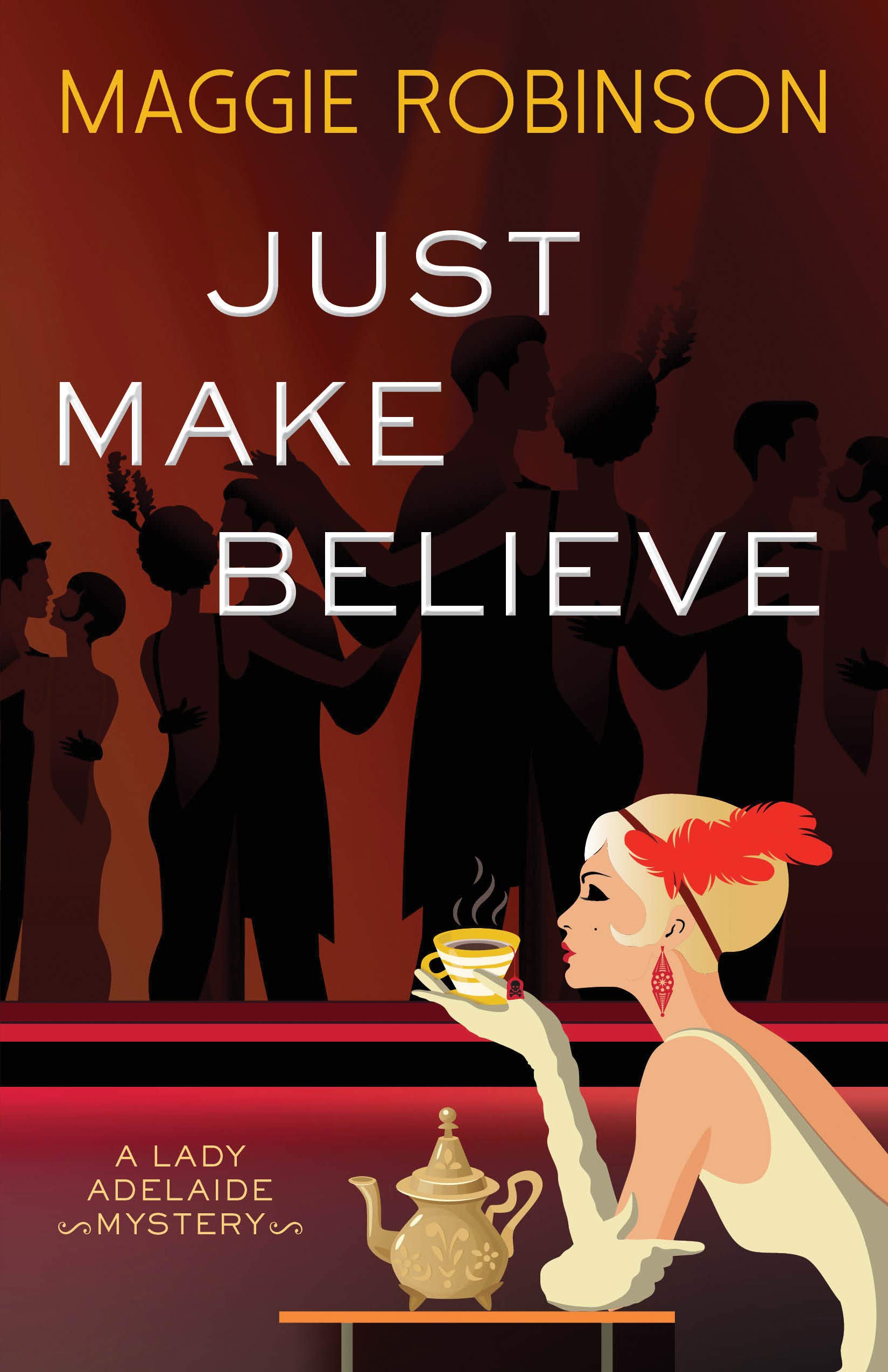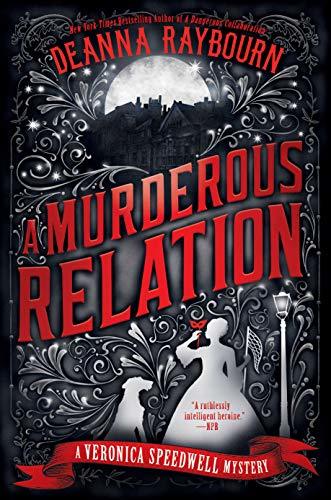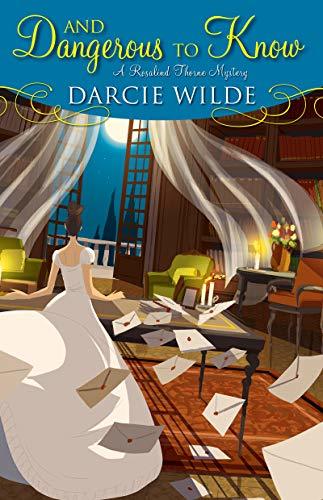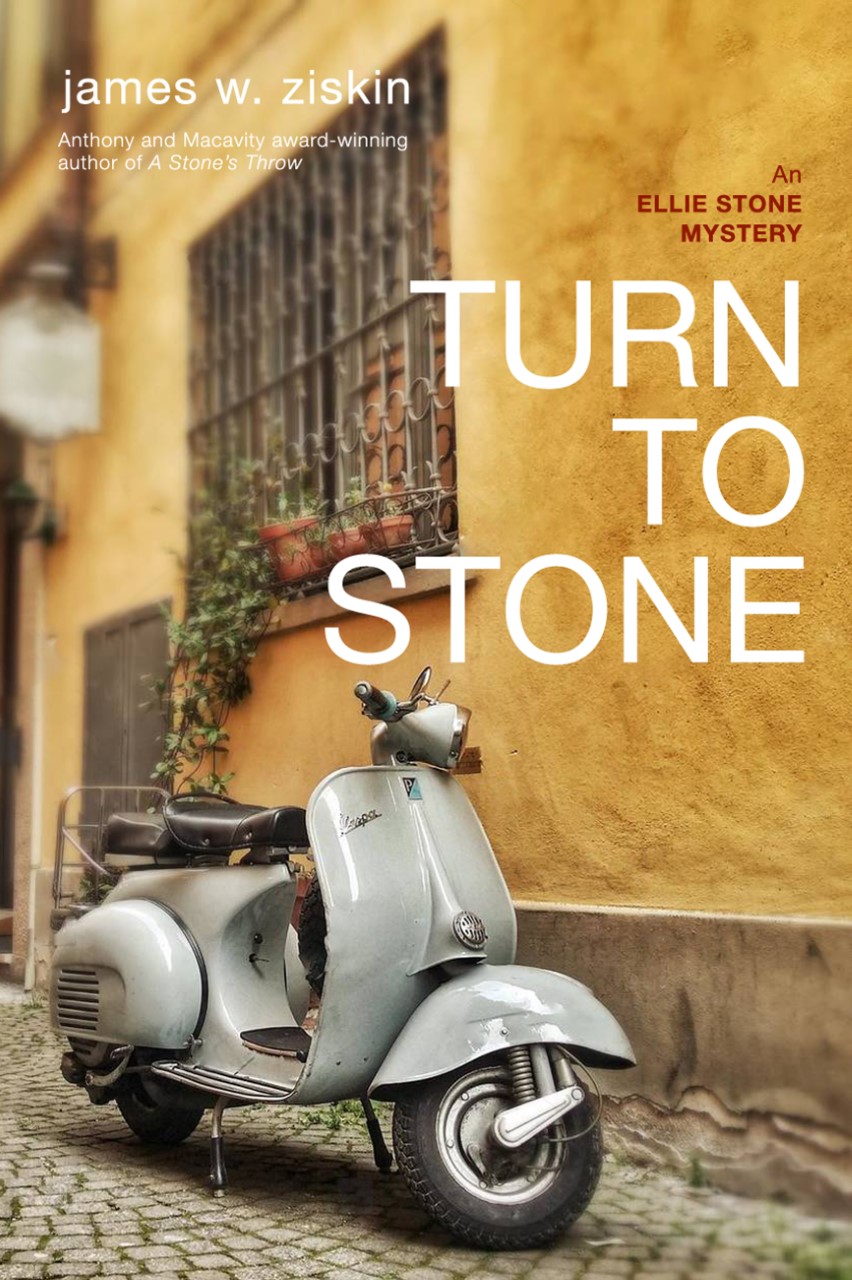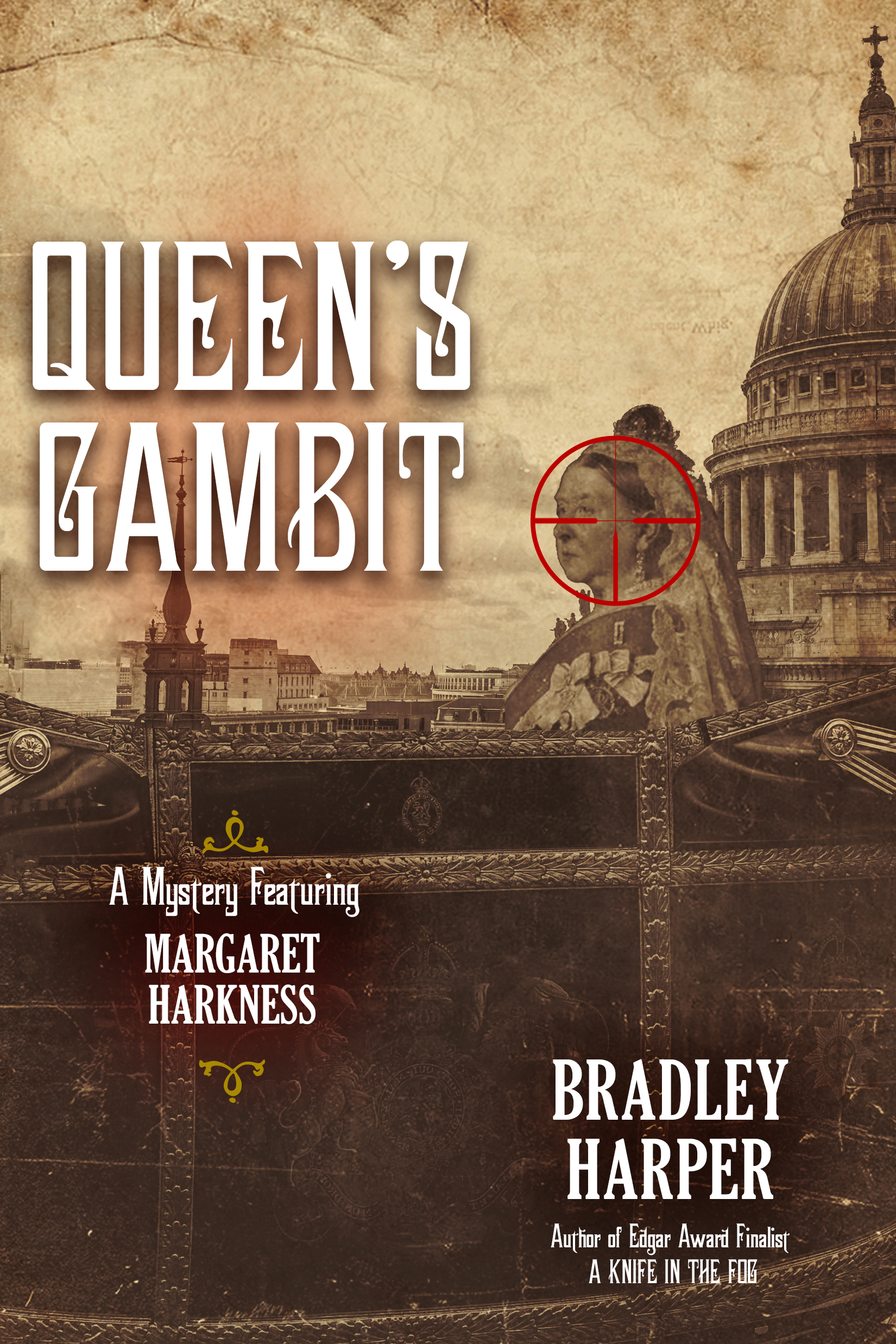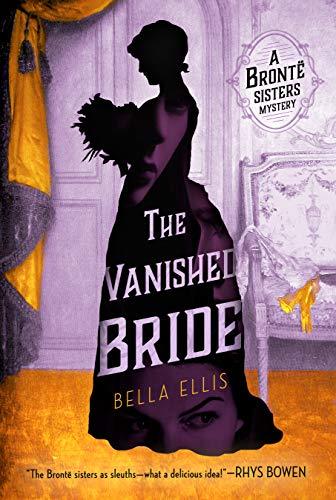Thanks so much for the opportunity to talk about my latest Lady Adelaide Mystery, Just Make Believe! This 1920s-set cozy-with-a-touch-of-paranormal features Addie, an aristocratic widow, the pesky ghost of her cheating husband Rupert, and Dev, a divine Scotland Yard detective. Not the usual love triangle for sure, LOL. Rupert is stuck in Limbo after a very rakish life, and unless he protects and assists Addie, he’ll never get to Heaven and redemption. The series has been the most fun for me in my over-twenty years’ book career, and I hope readers are equally amused! In Just make Believe, Addie’s been invited to a week-long house party, but how can she have fun when bodies are piling up everywhere? Rupert and Detective Inspector Devenand Hunter to the rescue! Here’s the blurb: A week-long house party in the country–why not? Lady Adelaide has nothing else to do, now that her year of mourning for her unfaithful husband is up and her plans to rekindle her romantic life have backfired. But when her hostess is found dead on the conservatory floor, Addie knows just who to call Detective Inspector Devenand Hunter of Scotland Yard. Dev may not want to kiss Addie again, but…
1–What’s the name of your latest release? A MURDEROUS RELATION, the fifth Veronica Speedwell mystery. 2–What is it about? My Victorian butterfly hunting sleuth, Veronica Speedwell, joins with her detecting partner, Stoker, to investigate a potential royal scandal during Jack the Ripper’s reign of terror in London. 3–What word best describes your heroine? Intrepid. Veronica has a zero-tolerance policy for other people’s nonsense and she is never afraid to seize an opportunity or take on a foe. 4–What makes your hero irresistible? Stoker is a walking contradiction; he’s big and fit and dangerous, but he’s also the guy who needs a constant supply of candy and who reads French romance novels and cuddles stray dogs. 5–Who are the people your main characters turn to when they need help? My characters are always adding to their found family. They have a mentor–an elderly noblewoman who is the power behind the English throne–as well as a resourceful female reporter, a Black master pastry chef from Martinique, and a police detective who is just as likely to arrest them as take a bullet for them. But, always and above all, they turn to each other. 6–What do you love about the setting of…
Kym: I have the distinct pleasure of welcoming back one of my favorite mystery writers. Darcie Wilde has written under several names and several genres, but her Rosalind Thorne Mysteries are as delightful as they are intriguing. Welcome back to the Cozy Corner, Darcie! Darcie: So nice to be back with you and your readers! I was thrilled to see your Rosalind Thorne Mysteries continue! Congratulations on your continued success with this lovely series. Has the experience of changing publishing houses effected Rosalind’s direction for the future? Actually, there’s been very little change in direction. Since I changed publishers, I am once again working with the series’s original editor, the fabulous Wendy McCurdy. Wendy was the one who had the idea to create a mystery series for Rosalind rather than just a straight set of romances. Go Wendy! In your latest Rosalind Thorne Mystery, And Dangerous to Know, you open each chapter with a small clip of written correspondences that tell a large part of the story all by themselves. Did you write the clips first, last, or did they develop with each chapter? I keep a running list of possibilities as I research, and I’m generally researching and rewriting…
I write the Ellie Stone mysteries, a series featuring a young newspaper reporter set in the early 1960s. In the seventh installment, TURN TO STONE (January 21, 2020), Ellie is in Florence, Italy for an academic symposium honoring her late father. But just as she arrives on the banks of the Arno, she learns that her host, Professor Alberto Bondinelli, has been fished out of the river, quite dead. Then a suspected rubella outbreak leaves ten of the symposium participants quarantined in villa outside the city with little to do but tell stories to entertain themselves. Making the best of their confinement, the men and women spin tales and gorge themselves on fine Tuscan food and wine. And as they do, long-buried secrets about Bondinelli and his checkered past rise to the surface, and Ellie must figure out if one or more of her companions is capable of murder. It was great fun—challenging, too—researching and writing about one of my favorite places on earth, Florence. There’s so much history and art to be found, literally, on almost every corner. Ellie, of course, has visited Florence before. In 1946, shortly after the end of the war, she accompanied her father on…
Dialogue is an ancient Greek stage direction, meaning “action through words.” One of the first critiques I got from an agent, looking at my neatly printed manuscript was “There’s not enough white space,” meaning there was too much narrative description, and not enough dialogue. Dialogue opens up the tightknit block of words we are accustomed to in textbooks and allows your story to breathe through verbal exchanges between your characters. Frequent doses of white space make your work less intimidating and helps your reader speed along through your story. Dialogue is used to accomplish three things: Exposition, to reveal character, and to provoke an action. Let’s look at these in turn. Exposition. I write historical fiction, so putting my reader into an unknown universe and making them quickly comfortable there requires that I give them a sense of time and place, but without the dreaded “Info Dump.” So how do I do that? I incorporate the information transfer into as graphic a manner as possible. In my first novel, A Knife in the Fog, my heroine, Margaret Harkness, is a female author from a proper middle-class British family temporarily living in Whitechapel to do research on her novels. As she…
Welcome to Fresh Fiction! Congrats on the release of your new novel, THE VANISHED BRIDE, the first book in your new Bronte Mystery series. Please tell us a little bit about where you came up with the idea for this book, and about yourself! I have been a fan of the Bronte sisters since I was around the age of 10. The idea for The Vanished Bride came as I was writing another novel set in Haworth. I had the idea of the Brontë sisters appearing in this novel as cameo characters, involved in uncovering a literary mystery. However, as soon as I had that idea I realized what a great novel it could be in its own right, and so The Vanished Bride was born. One of my favorite things about this novel was your clear appreciation and admiration for each of the Bronte sisters. What was your favorite thing about bringing each of them to life in this book? I love Charlotte, Emily and Anne so much that it was really important to me to take a great deal of care in bringing my fictional versions of them to life. They are such iconic women, and mean so…
Lady Georgie has certainly come a long way since I met her in that first book called HER ROYAL SPYNESS, ten years ago. Then she was a naïve, unsophisticated person, unsure of herself and her future. She was brave enough to make the decision to flee from the family castle and come alone to London where she had to learn the most basic of skills: from making tea to lighting a fire. For the first few books, she tried various ways of earning money, from cleaning houses, to running an escort service, to modeling clothes–all disastrous. But the one good thing that happened to her was that she met Darcy. And in spite of the fact that she was not the sort of sophisticated girl-about-town he normally associated with, he fell for her. She certainly played hard to get, didn’t she? It took twelve books before he got her into bed and then it was after they married. Now we come to the thirteenth book in the series, called LOVE AND DEATH AMONG THE CHEETAHS. You’ll guess from the title that it might take place in Africa. The book starts exactly where the last one left off, with Georgie and…
How does a 17th-century British historian move from mead and murder ballads to cocktails and speakeasies? When I first announced my new series, The Speakeasy Murders set in 1929 Chicago, I was met with excitement and some questions. Why the big jump? After all, my first series was set in mid 17th century London. Some people, very sweetly, even asked if Gina Ricci (my new protagonist) was the great-great-great-great-great-granddaughter of Lucy Campion (my original 17th-century protagonist)! I get the questions. I mean, on the one hand, as someone who has taught world history from the beginning of recorded time to present day, I can assure you that 260 years is not very long timespan at all! But on the other hand, the Roaring Twenties probably seems a thousand years away from the 1660s, with its decimating plague, religious warfare, and the Great Fire (After all, I used to half-joke that contemporaries referred to 1666 as the “Devil’s year.”) Socially, culturally, politically—these are very distinct eras, and I approached researching my new series very differently. While I did seek to familiarize myself through scholarly books with the general trends of the 1920s, and Chicago more specifically, I also spent a lot…
We are so excited to share this interview with New York Times bestselling author Jennifer Ashley and Fresh Fiction Editorial Manager, Danielle Dresser! Thanks for coming to Fresh Fiction! Can you tell us about your Kat Holloway Mystery series and the latest book, Death in Kew Gardens? The Kat Holloway series revolves around a cook in Victorian England. Kat is young for a cook, but she’s the best, and she knows it (though she strives to be modest about this). She’s also a very curious person and gets involved in solving murders and ferreting out secrets. In Death in Kew Gardens, Kat becomes distressed when the police accuse a Chinese gentleman who has been kind to her of murdering her employer’s next-door neighbor. Convinced the man is innocent, Kat sets out to prove her new friend, Mr. Li, couldn’t possibly have done it. One of my favorite things about accomplished cook/ amateur sleuth Kat Holloway is how steadfast and hardworking she is, but she still has moments of vulnerability and even some fun now and then. What are some of your favorite qualities about Kat, and how has she changed since book one, Death Below Stairs? Kat is a woman of her time…
Japan is famous for the ornamental cherry trees whose blossoms—known as sakura—transform the country’s mountains, parks, and rivers with spectacular pink and white blossoms every spring. The delicate sakura are an iconic symbol of Japan, and with good reason. For thousands of years, Japanese people from all walks of life have enjoyed and celebrated these lovely blooms Cherry blossoms typically bloom and die within just a few days, making them an enduring symbol of the transience and fragility of life. During the few short weeks of the sakura season, people flock to parks for hanami (flower viewing) parties beneath the trees. The sakura may be the most famous Japanese blossom, but it’s far from the only flower celebrated in Japan. In fact, flower festivals occur across Japan in every season of the year. December and January mark the blooming season for camellias (tsubaki, in Japanese), and many people visit the island of Oshima, which rises from the sea about 120-km south of Tokyo, in the Izu archipelago, to experience the hundreds of varieties of vibrant camellias growing there. In addition to their beauty, the camellia seeds produce an oil that’s used as a skin care aid as well as for…


